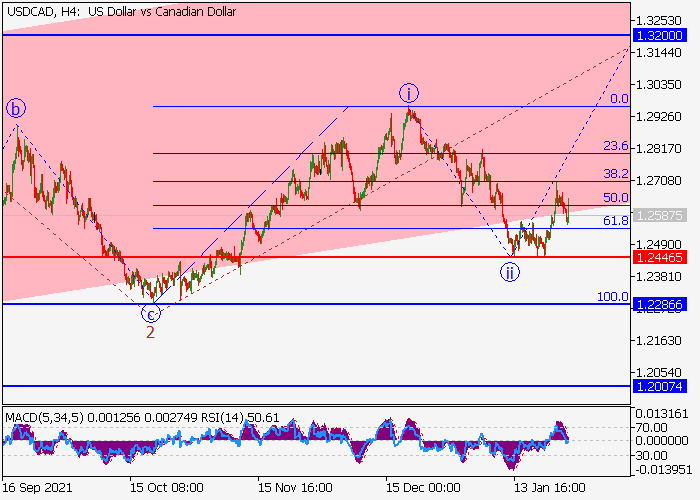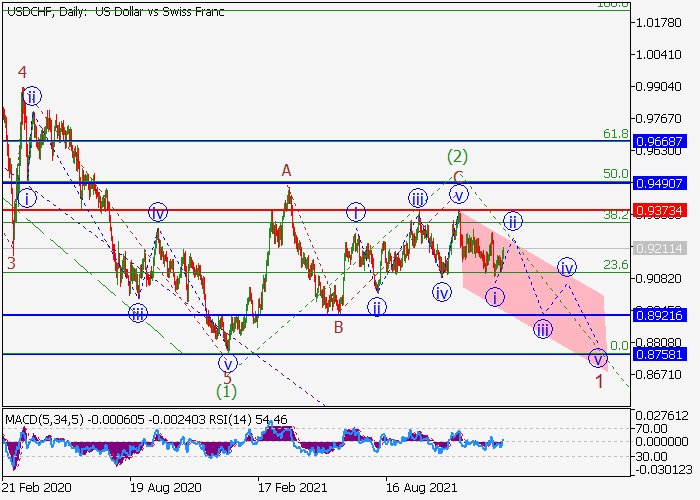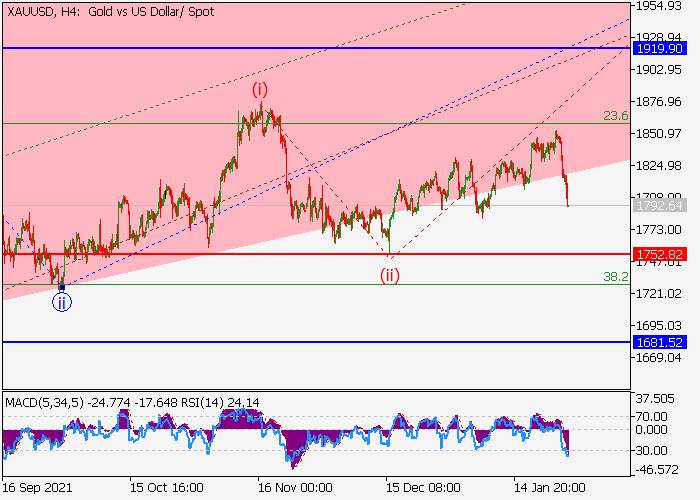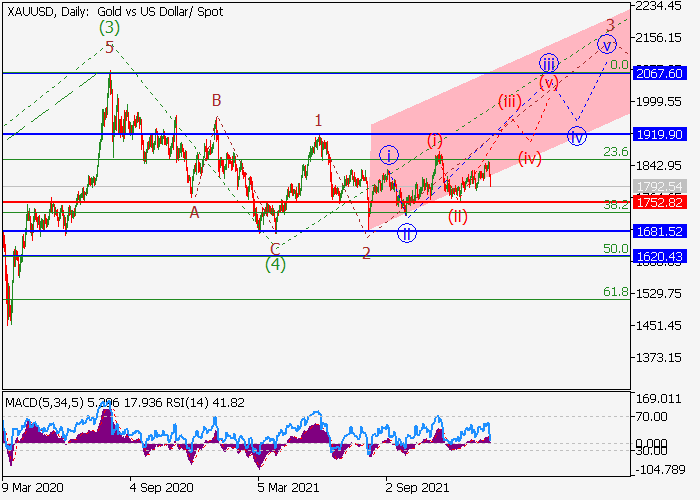United States of America
USD is strengthening against JPY and has ambiguous dynamics against GBP and EUR.
There are no significant economic releases planned in the US today, but this week, American investors are waiting for the publication of a series of data from the labor market. This statistic is especially important as it is the second key factor after inflation to raise rates by the US Federal Reserve. Tomorrow, the December JOLTS job openings data will be released, on Wednesday, the December ADP employment data will be published, and on Friday, the federal employment and unemployment data will be published. Administration officials raised concerns as early as last week that the ongoing Omicron coronavirus epidemic could skew the latest employment statistics in the country, which has forced millions of citizens to leave work due to illness or to care for family members. Still, in general, they believe the crisis is short-term and remain optimistic. Yesterday, the head of the Fed of Atlanta, Rafael Bostic, in an interview with the Financial Times, said that the regulator did not rule out raising interest rates immediately by 0.50% instead of the usual 0.25% if inflation in the country remains at a high level.
Eurozone
EUR is strengthening against JPY and has ambiguous dynamics against GBP and USD.
Investors are focused on today’s publication of preliminary data on the GDP of the Eurozone countries for the fourth quarter of last year. The European economy slowed growth from 2.2% to 0.3% QoQ and accelerated from 3.9% to 4.6% YoY, which is slightly less than forecasts of 4.7%. Experts note that the negative dynamics are associated with the coronavirus epidemic, which began to put pressure on it at the end of last year. The service sector, and especially the tourism sector, suffered the most. The German economy shrank by 0.7% due to quarantine restrictions imposed on unvaccinated citizens. However, this fall was offset by the growth of the French economy by 0.7% and the Spanish by 2.0%, which made the economy of this country the fastest growing one in the Eurozone. Today, preliminary January data on inflation in Germany were released. The consumer price index remained at the same level of 4.9% YoY instead of the expected decline to 4.3% and remained around 0.4% MoM instead of falling to 0.3%.
United Kingdom
GBP is strengthening against JPY and has ambiguous dynamics against EUR and USD.
There are no significant economic releases planned in the UK today, so investors continue to monitor the crisis around Prime Minister Boris Johnson and prepare for the Bank of England meeting. On Monday, the publication of materials from an internal government investigation, which is being carried out by high-ranking official Sue Gray, may take place. They can force Johnson to resign. The investigation details are not yet known, but the media reports that between May 2020 and April 2021, at least 15 meetings at the prime minister’s residence or other government offices that violated quarantine rules were held. The first meeting of the Bank of England this year is to be held on Thursday, and observers do not rule out a new rate hike to 0.50% to combat rising inflation in the country. Likely, the outbreak of the Omicron epidemic in the UK will not affect the resolve officials to tighten monetary policy since the epidemiological crisis is considered temporary, and its consequences are less dangerous than from a prolonged increase in prices.
Japan
JPY is weakening against its main competitors – EUR, GBP, and USD.
Published today, the December data on industrial production and retail sales in Japan were poor. Output fell by 1.0% after rising by 7.0% for November. A decrease in production equipment output exerted pressure on the indicator. Retail sales slowed growth from 1.9% to 1.4% instead of accelerating to 2.7%. In January, the Japanese household confidence index fell for the second month in a row, this time from 39.1 to 36.7 points. The rapid spread of the Omicron epidemic has dampened consumer sentiment.
Australia
AUD is strengthening against its main competitors – USD, EUR, GBP, and JPY.
AUD is rising ahead of the first meeting of the Reserve Bank of Australia this year, which will be held on Tuesday. Investors expect the regulator to end its emergency bond-buying program and announce the start of rate hikes as domestic inflation continues to rise strongly and unemployment remains low. Previously, it was assumed that officials would begin the rate hike cycle no earlier than 2023, but now experts believe that the first correction could happen in the fall, but several experts predict an increase as early as May or June.
Oil
Oil quotes are moderately weakening.
The current decline in prices is seen as technical, as the long-term growth factors of the oil market remain. First of all, it is supported by the geopolitical risks of a conflict on the border with Ukraine and an aggravation of the situation in the Middle East, where the infrastructure of the world’s leading oil exporters Saudi Arabia and the United Arab Emirates, continues to be under the threat of attacks from the Yemeni Houthi rebels. Investors also expect the next meeting of representatives of the countries participating in the OPEC+ agreement. They should decide whether to continue with the current tactics and increase the amount of oil brought to the market every month by 400K barrels per day.























